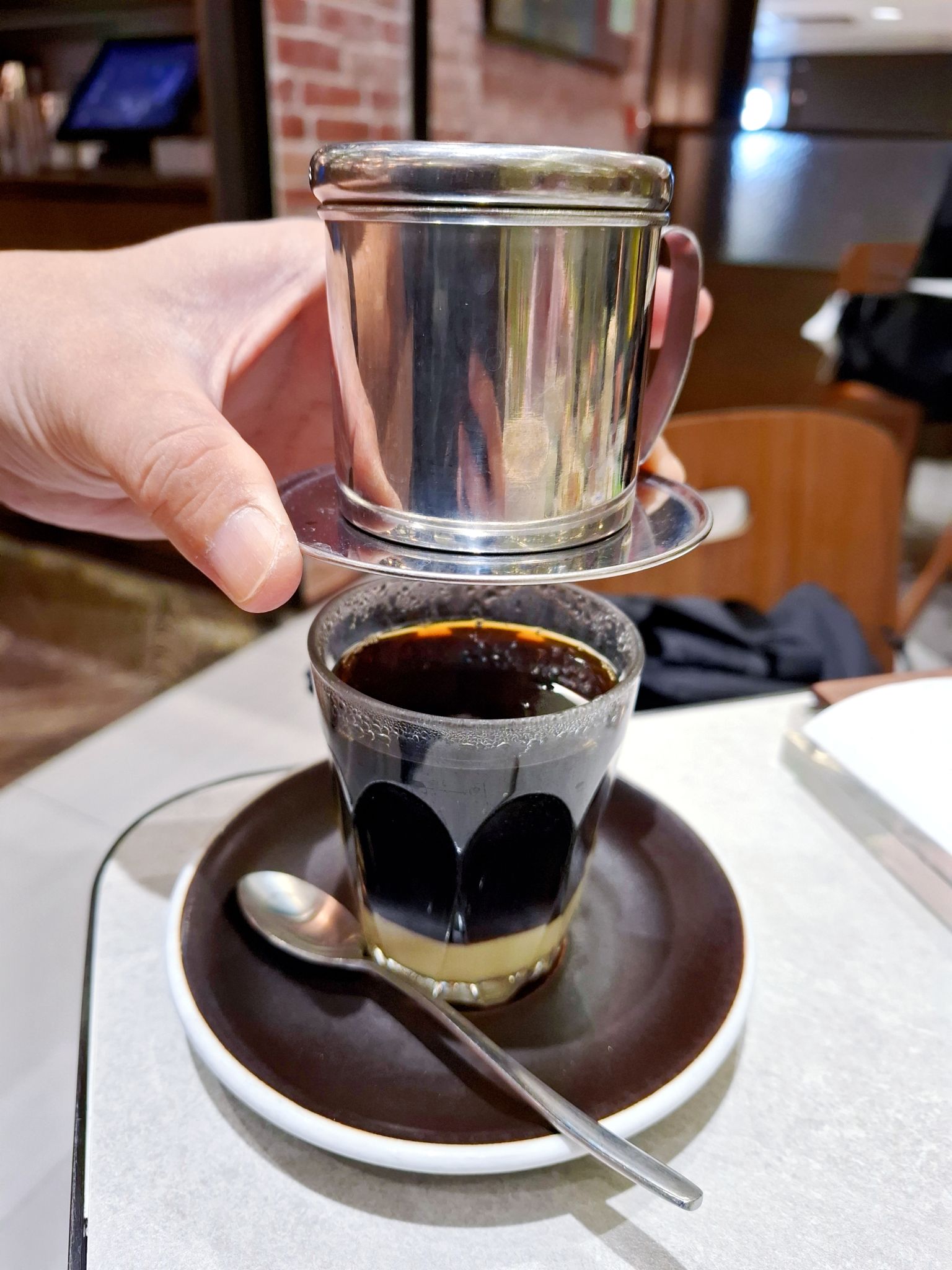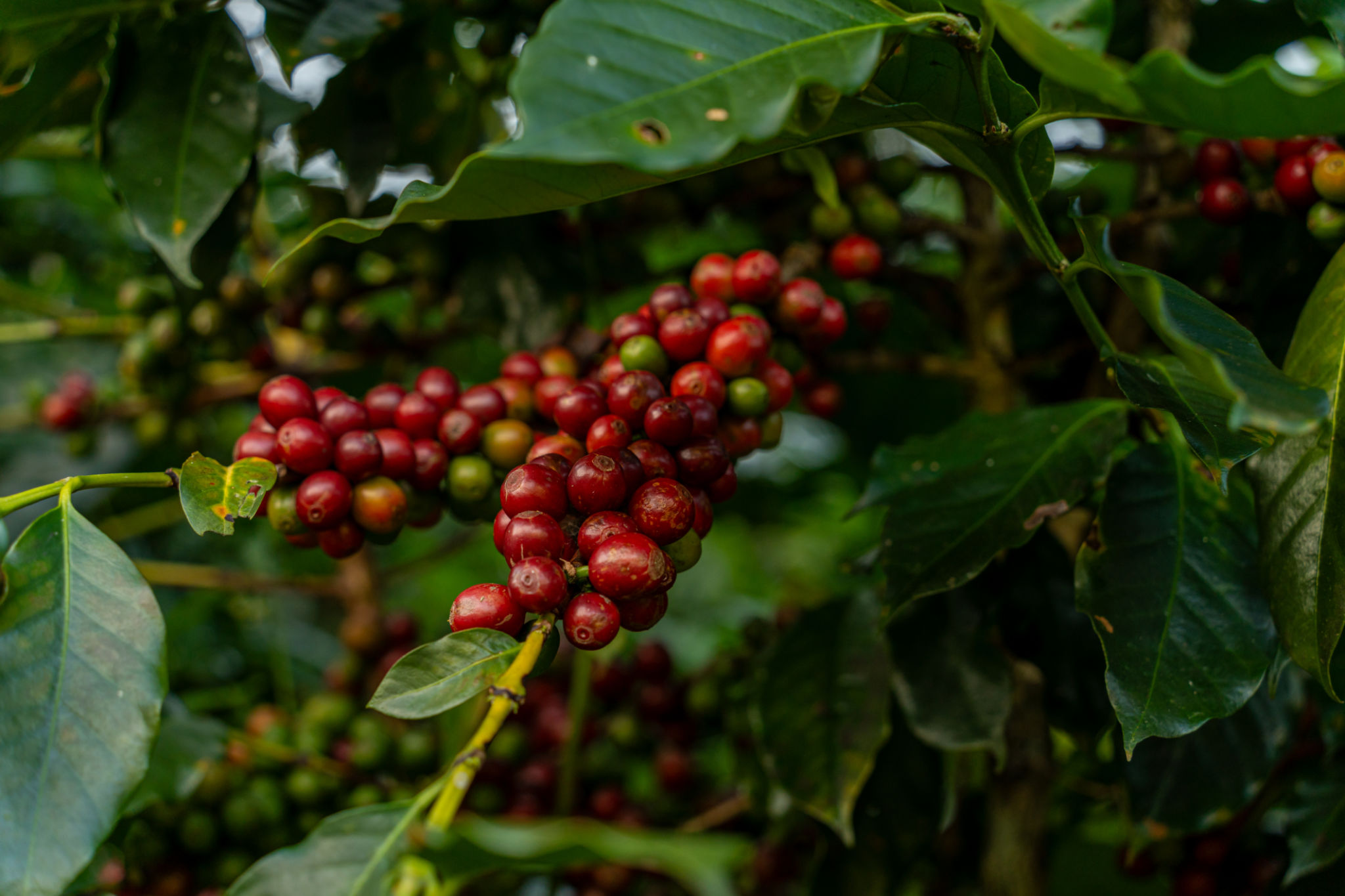The Art of Vietnamese Coffee: What Makes It Unique?
Introduction to Vietnamese Coffee
Vietnamese coffee is a rich and aromatic delight that has captivated the taste buds of coffee enthusiasts around the world. Known for its bold flavors and distinctive brewing methods, Vietnamese coffee is much more than just a beverage; it's an experience. From the streets of Hanoi to bustling Ho Chi Minh City, coffee culture is deeply woven into the social fabric of Vietnam.
At the heart of Vietnamese coffee lies its unique preparation techniques and the use of robusta beans, which set it apart from the more common arabica varieties found elsewhere. These elements come together to create a coffee experience that's both refreshing and invigorating.

The Unique Brewing Techniques
One of the most iconic ways to enjoy Vietnamese coffee is through the use of a traditional phin filter. This small, metal drip filter sits atop a cup and slowly brews the coffee, allowing rich flavors to develop. The process is unhurried, encouraging coffee drinkers to savor each moment and each sip.
In addition to the phin filter, Vietnamese iced coffee, known as Cà Phê Sữa Đá, is another popular preparation. This drink combines strong, dark coffee with sweetened condensed milk and ice, creating a refreshing contrast between bitter and sweet. The result is a perfect balance of flavors that offers a delicious escape from the tropical heat.

Robusta Beans: The Backbone of Vietnamese Coffee
The secret behind the bold taste of Vietnamese coffee lies in the robusta beans. Unlike the milder arabica beans, robusta beans have a higher caffeine content and a deeper, more intense flavor profile. These beans are grown primarily in the Central Highlands of Vietnam, benefiting from the region's ideal climate and rich soil.
Robusta beans lend themselves perfectly to both hot and iced coffee preparations, providing the strong foundation needed to complement the sweetness of condensed milk or other flavorings. This unique characteristic gives Vietnamese coffee its unmistakable taste and aroma.

Cultural Significance of Coffee in Vietnam
Coffee is much more than just a drink in Vietnam; it's a way of life. Coffee shops are ubiquitous, serving as social hubs where friends, families, and colleagues gather to share stories, ideas, and laughter. Enjoying a cup of coffee is an opportunity to connect with others and appreciate the moment.
In urban areas, modern cafes blend contemporary aesthetics with traditional Vietnamese influences, offering both locals and tourists a cozy retreat from the hustle and bustle outside. Meanwhile, street-side vendors continue to brew using time-honored methods, preserving the authenticity and charm of Vietnamese coffee culture.
Exploring Varieties Beyond Traditional Brews
Vietnamese coffee offers a diverse range of options beyond the traditional brews. Adventurous drinkers might try egg coffee, which features a creamy, frothy layer made from whipped egg yolks and sugar atop strong black coffee. This indulgent treat is both rich and velvety, offering a unique twist on the classic experience.
Other creative variations include coconut coffee, where coconut milk adds a tropical flair, or yogurt coffee, which combines tangy yogurt with robusta for an unexpected yet delightful flavor fusion. Each variation showcases the versatility and creativity inherent in Vietnamese coffee culture.
Conclusion: A Coffee Experience Like No Other
Vietnamese coffee is truly an art form, combining tradition with innovation to create a beverage that delights all senses. From its distinctive brewing techniques to its bold flavors, every cup tells a story of culture and craftsmanship. Whether enjoyed hot or cold, sweetened or straight, Vietnamese coffee offers an unforgettable experience that invites you to slow down and savor life's simple pleasures.
For those who haven't yet explored this captivating corner of the coffee world, there's no better time than now to discover what makes Vietnamese coffee so unique and beloved by many.